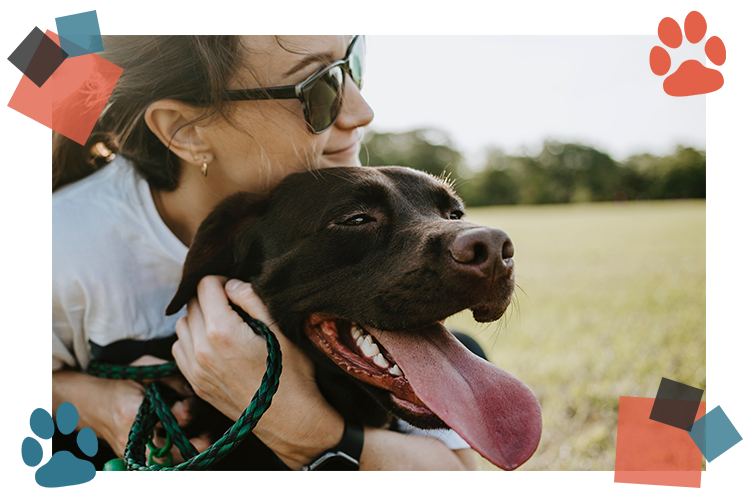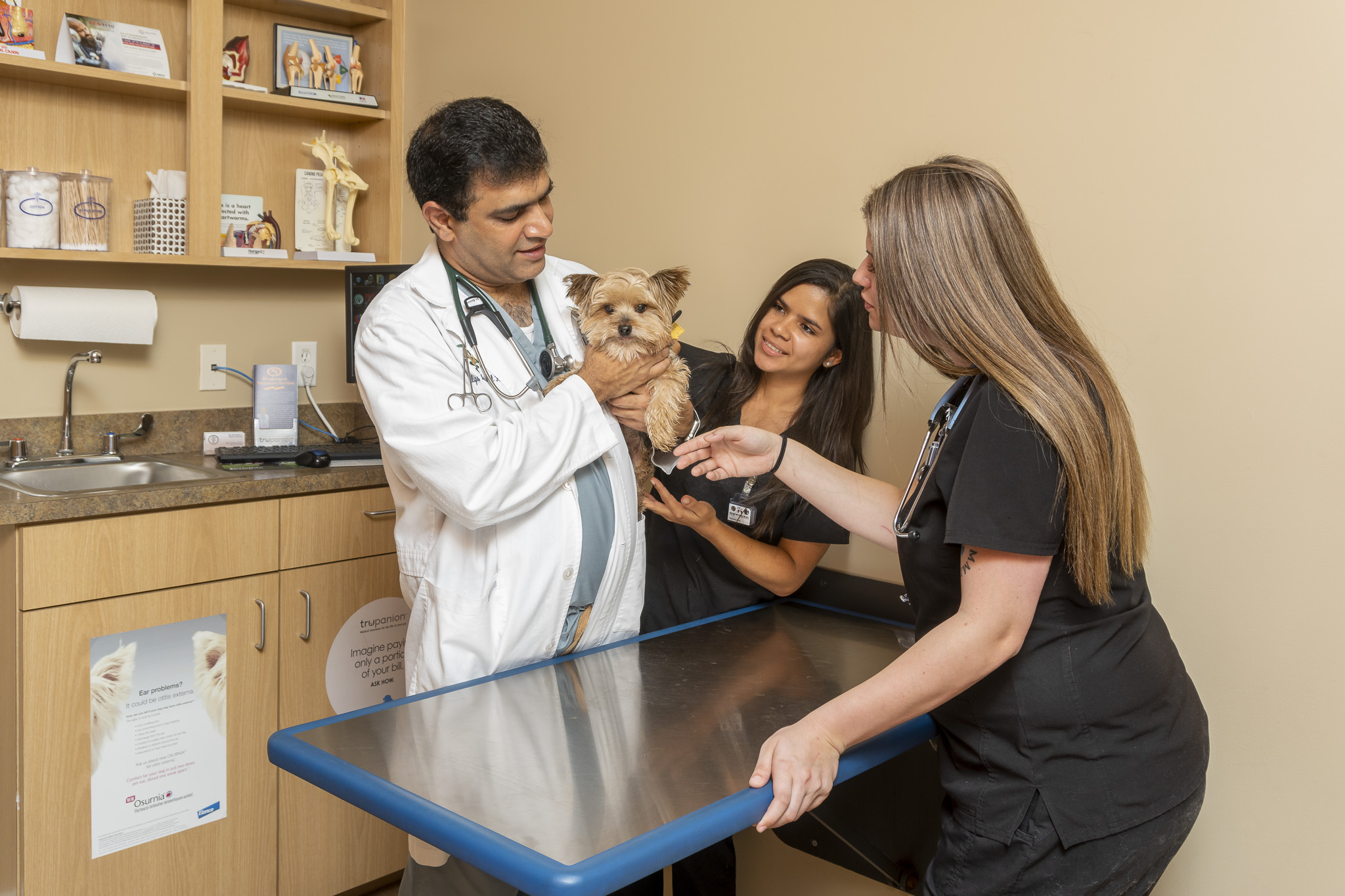Don’t wait for emergency to strike
Microchips For Cats & Dogs
Pets can be sneaky and may slip out of the home without you noticing. This is the worst nightmare of any pet owner. Thankfully, with a registered microchip, your pet is much more likely to be safely returned home.






 Sara Coslett
Sara Coslett Michael Fisher
Michael Fisher





